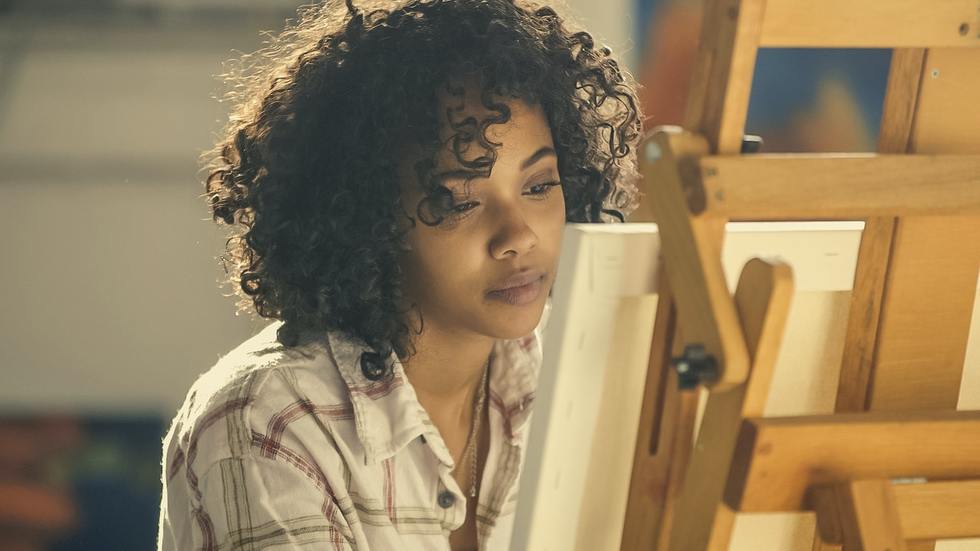Exploring Different Types of Copyright Protection

Visual artists across New York and the country rely on the strength of copyright protections to secure their original artistic works from unauthorized distribution. While these original works are copyrighted as soon as they are created, the creators receive enhanced protections with federal registration.
What some visual artists don’t realize is that there are several different ways of registering your copyrighted works with the U.S. Copyright Office. This often comes up with photographers who don’t wish to submit a separate registration application for each photograph they publish. We’ll take a look at some of these options below.
Group Registration of Published Photographs
It would be cost-prohibitive for photographers to file a copyright registration form for each photograph they publish—especially with how easy it is now to publish large volumes of photographs. To help out these visual artists, the U.S. Copyright Office provides a way to protect up to 750 published photographs with a single application.
The requirements for this option are:
- The photographs must have been published within the same calendar year
- The items must only be photographs, and the limit is 750 photographs
- The photographs in the group must have the same author
- The group of photographs must have a title
- The same entity must be the claimant for each photograph in the group
- The photographs must be submitted in a “sequentially numbered list” with each photograph containing certain information. You should enlist an attorney to help you with this step.
Group Registration of Unpublished Photographs
The U.S. Copyright Office also lets photographers submit a single application for unpublished photographs. The requirements are identical to those for groups of published photographs (see directly above).
Single Unit of Publication
Many visual artists still register their copyrighted works as a single unit. As long as all the components of an original artistic work are designed to work in concert, then you may register the composite result as a single unit. To illustrate this concept, let’s look at a stage musical. To bring the work to life, you need choreographers, cinematographers, lyricists, and composers, to name a few. However, the components of the musical come together in what the U.S. Copyright Office refers to as a “unified work.”
Why You Should Copyright Before You Publish
Once you create a copyrighted work, you need to apply for copyright registration as soon as you can. Why? Because you lose the benefits of federal registration if you delay. In the context of photography, you must register for federal copyright protection within three months or before infringement occurs. Without federal protection, you:
- Lose the ability to bring an infringement claim in federal court.
- Forfeit your ability to get statutory damages and recoup attorney’s fees in a lawsuit.
- Don’t have a presumption that your copyright is valid.
- Go without a “public record” that puts others on notice.
Protect Your Art with The Browne Firm
It’s difficult to profit off your photographs (or other copyrighted materials) without having a strategy in place to protect them. Our trademark attorney firm has helped countless creative artists in Westchester County secure their livelihoods through smart IP planning. Contact us today to discuss your options with our legal team.
